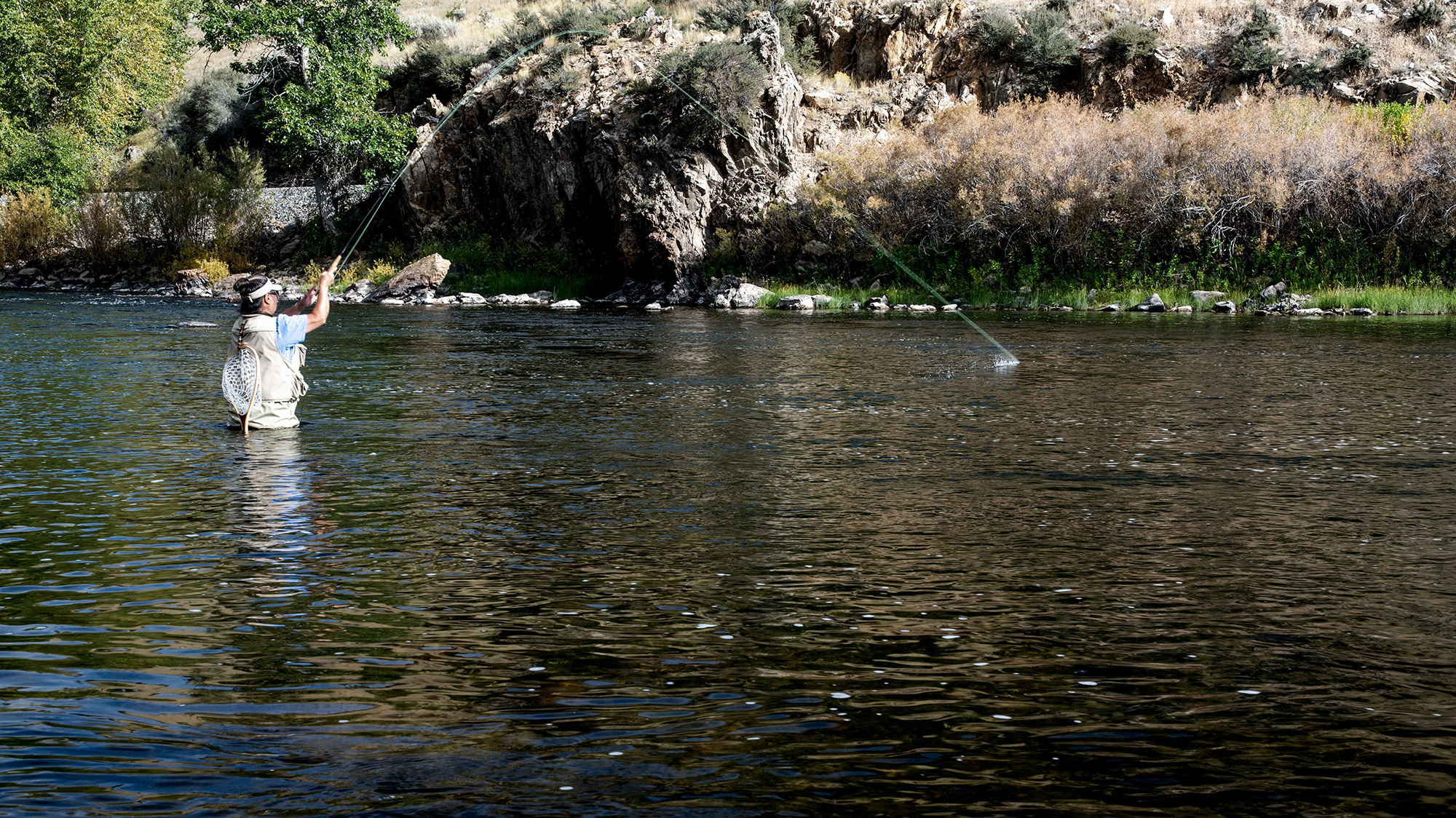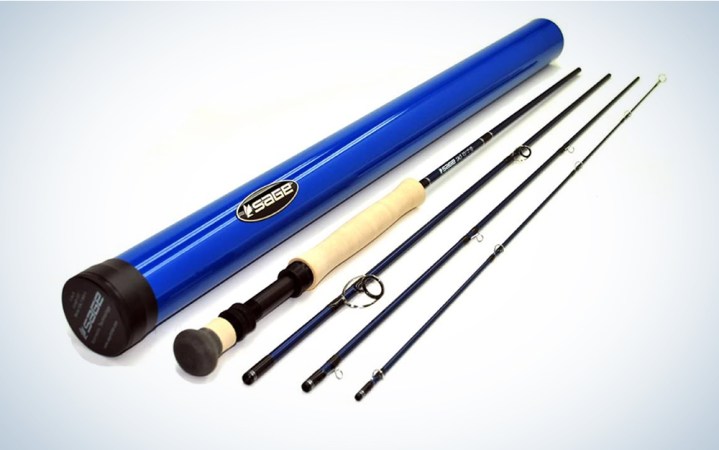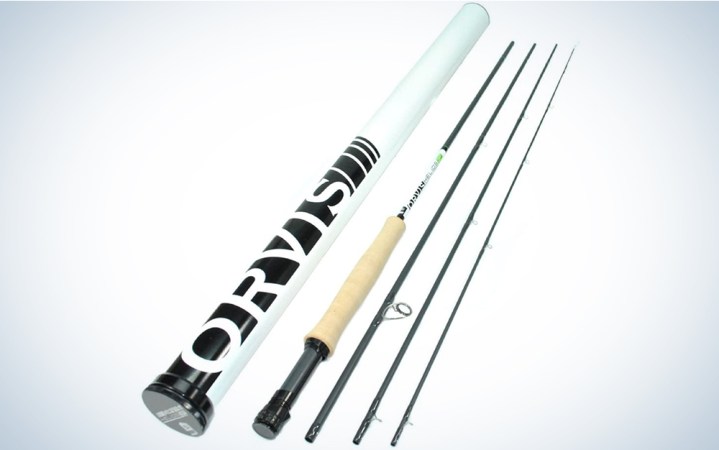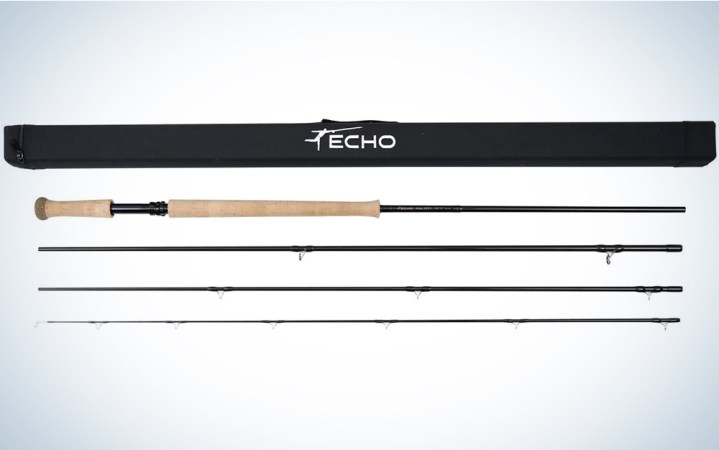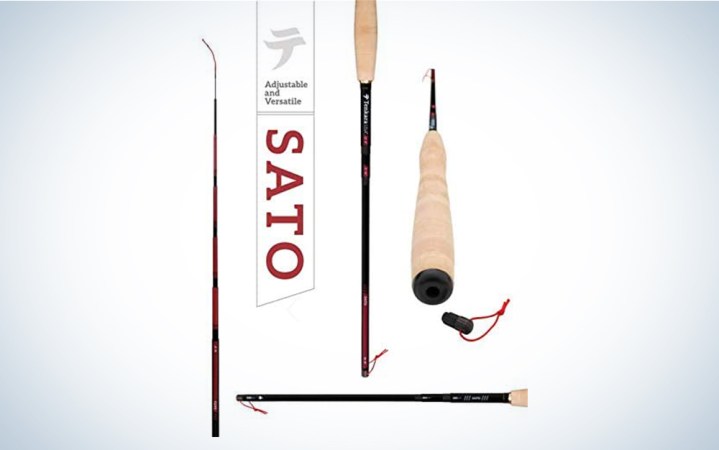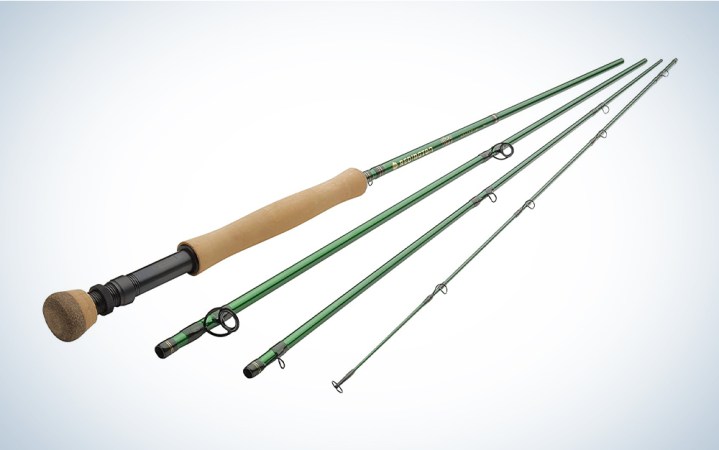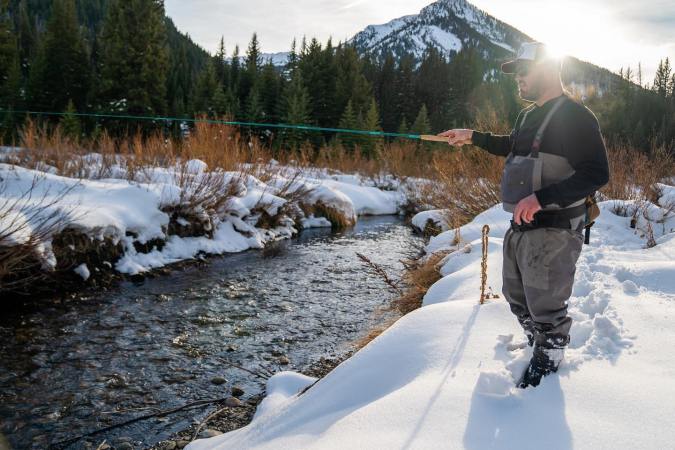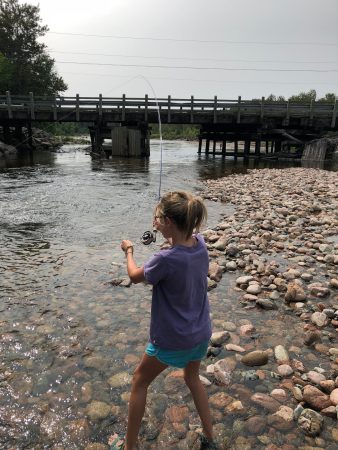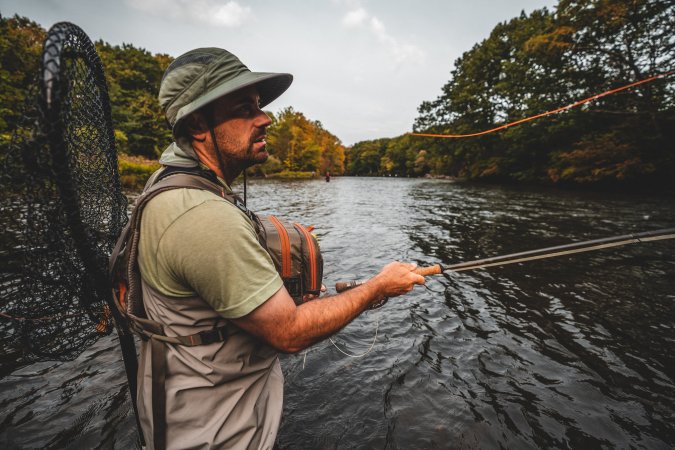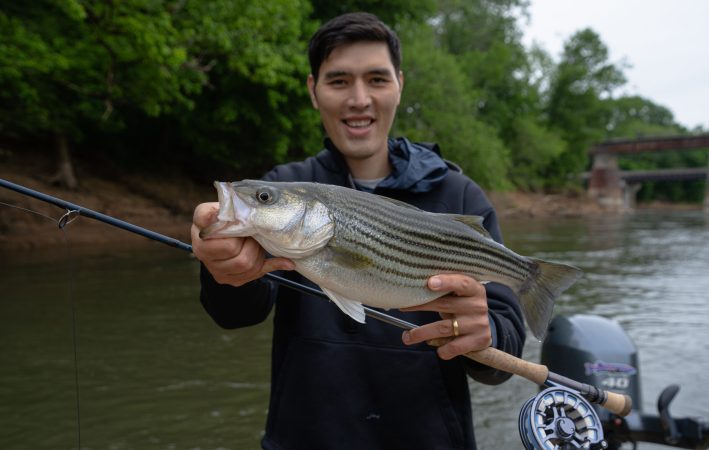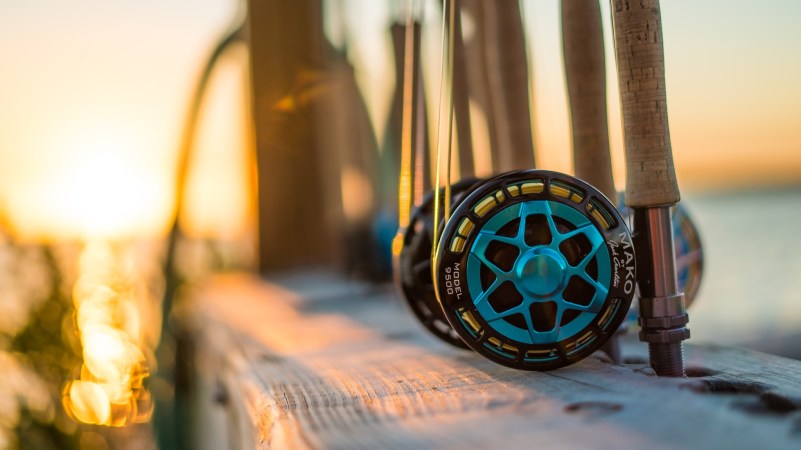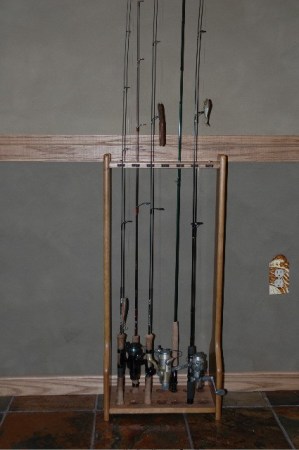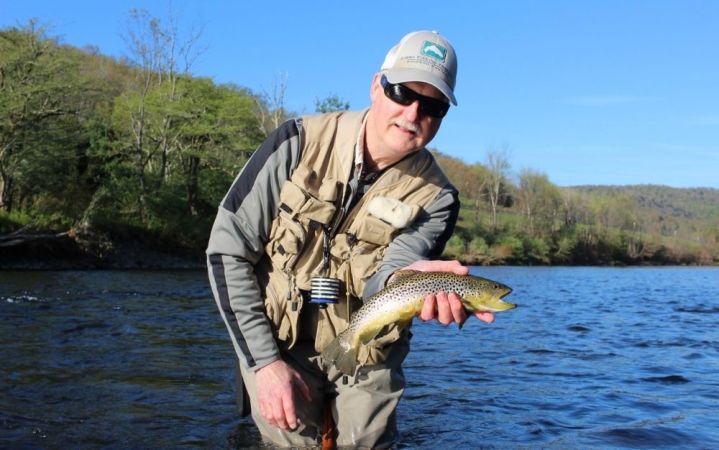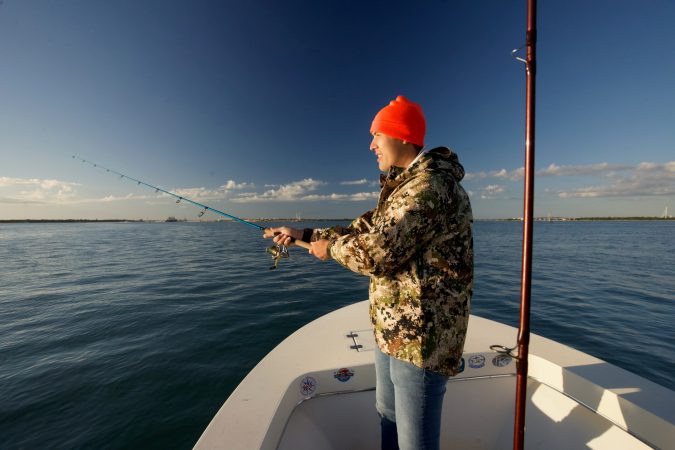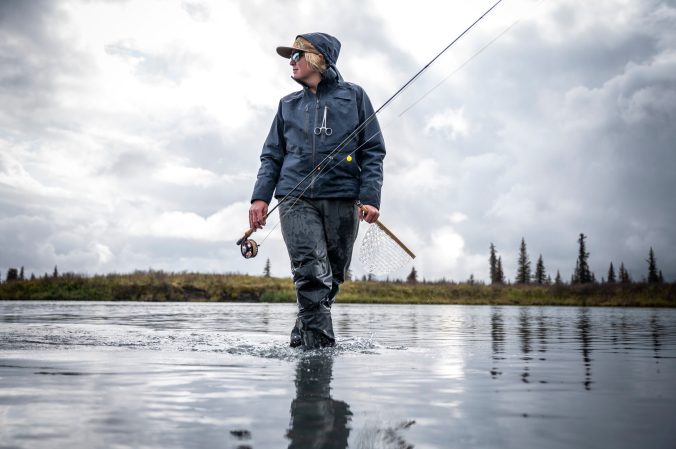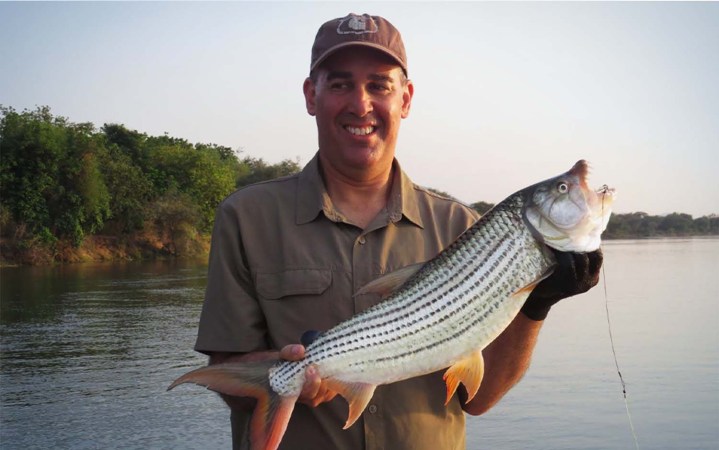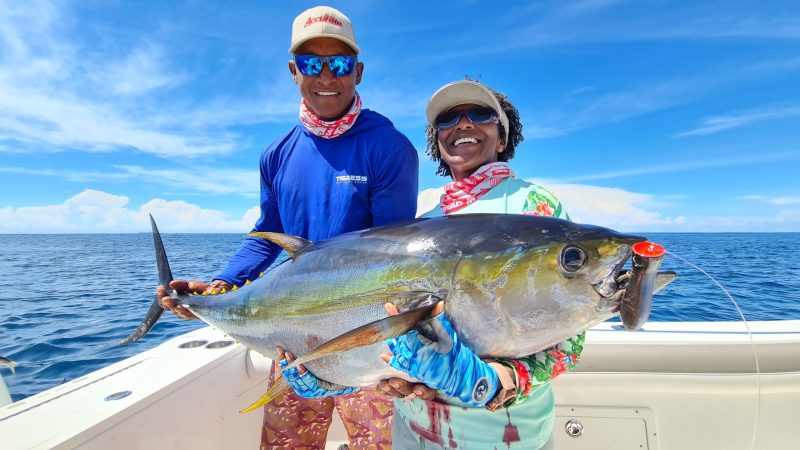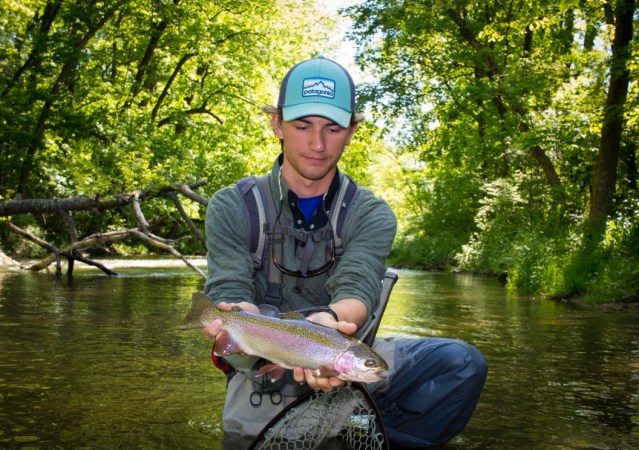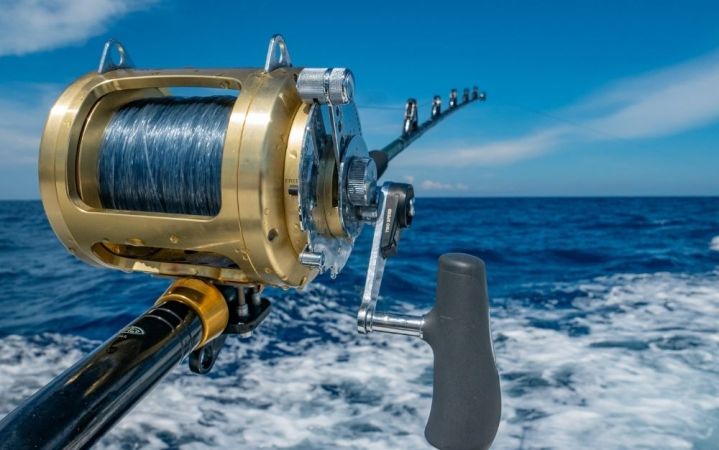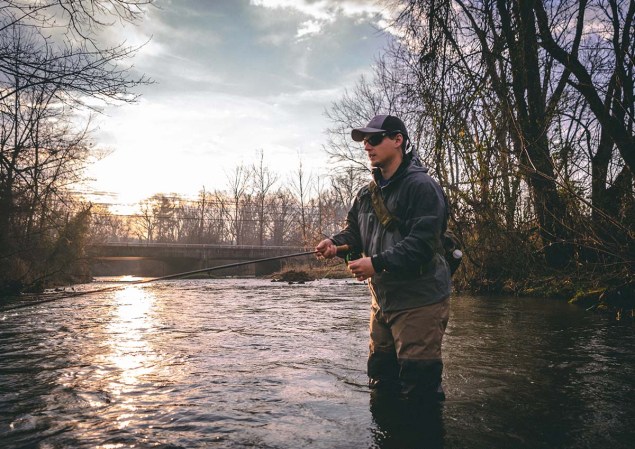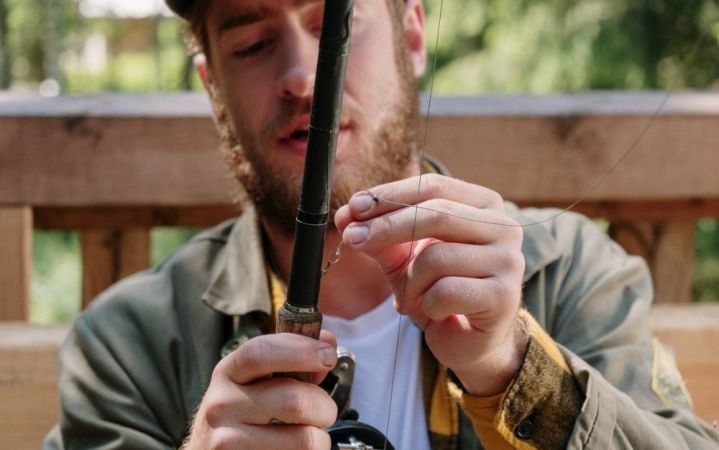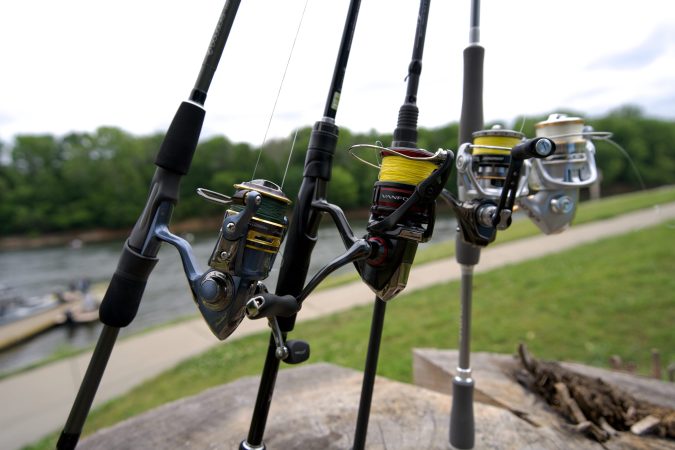We may earn revenue from the products available on this page and participate in affiliate programs. Learn More ›
Fly fishing is often considered an art as well as a sport. From the moment Brad Pitt cast a line over the Gallatin River in the cinema version of Norman McLain’s famous A River Runs Through It, fly fishing has been likened to a dance on the water. But it can also be frustrating, confusing, befuddling and just plain difficult. Even choosing the best fly fishing rod and fly fishing gear is tough, because new fly rods are coming out all the time. What is the best fly rod length? What is the best all-around fly rod weight? How much should I spend on a fly rod?
Those are all common questions, and we will break it all down for you. We’ll also explain the mystery behind the Spey rod and tenkara rod. It doesn’t matter if you’re freshwater fishing or you want a saltwater fly rod, we have the best fly rod for you.
Scroll through, find what fits you best, and head out to the water.
- BEST FOR SALTWATER: Sage Salt HD Fly Rod
- BEST ALL AROUND TROUT FLY ROD: Orvis Helios 3F 5-Weight 8′6″ Fly Rod
- BEST SPEY ROD: Echo Full Spey Two Handed Fly Rod (13ft 8wt)
- BEST FOR BEGINNERS: Tenkara USA Sato Rod
- BEST BUDGET: Redington VICE Fly Fishing Rod with Tube
Features to consider when shopping for a fly rod
Before even looking for a fly rod, the first thing you need to decide is where you’ll use it. That will help determine the size of the fish you’ll be going after, and hence the length, weight, and strength of the fly rod. If you’re just starting out, there’s a good choice for that too.
Will you be fly fishing in saltwater?
The first question you might have reading this section is: How are saltwater fly fishing rods different from freshwater fishing rods, and why would I need both? The answer is twofold. First, saltwater fly rods are going to be less prone to corrosion than freshwater fly fishing rods. If you’re out in the salt all day, you’ll need something a little tougher than a rod meant for a Rocky Mountain stream.
Second, saltwater rods will help you make a very fast cast at that bonefish, tarpon or permit. If you see one of those fish, you may only have one shot, two at the most, to get a fly in front of it. That means you need a fly rod that reaches farther, quicker and more delicately than some others. You’ll want a rod that you can trust to land your fly exactly where you’re looking – and handle the beast at the other end when it takes the fly.
Best saltwater fly rod: Sage Salt HD Fly Rod
Graceful and Powerful
Sage fly rods are known for their strength, accuracy and versatility. This rod is no different. The SALT HD isn’t a budget fly rod, but chances are you’re not looking for a budget fly rod. The 6-weight is built to handle plenty of flats monsters with its 9-foot length and four pieces. It is handcrafted on Bainbridge Island in the U.S.A., and has an aluminum up-locking reel seat with a cork grip. But it’s that graphite III technology that will win a place in your boat.
Will you be fishing for trout in trout streams?
You might be wondering how we could be so bold as to choose one model as the best fly rod for trout. We know, it feels bold to us, too. But it really is possible. Realistically, you’re not going to go wrong with any mid-weight rod for most trout streams in the lower 48. You can even bring sockeye or silver salmon to shore in Alaska with a stiff 6-weight rod. High-mountain rivers may be best suited to a light 3-weight, and big rivers in Montana or Wyoming with feisty migrating brown trout might call for a 7-weight or even 8-weight. But if you don’t want to invest in all of those options, choosing a solid 5-weight will likely be your best option.
Best fly rod for trout: Orvis Helios 3F 5-Weight 8′6″ Fly Rod
Fast and Light
These Orvis fly rods will allow you to delicately alight a dry fly on a quiet stream, as well as toss a big streamer or laying out a weighted nymph with a wet fly on a dropper. It’s also sleek, lightweight, and affords a crisp, satisfying cast.
Will you be fishing large rivers?
If you don’t plan to be fishing on a stream larger than five to 10 feet across, a Spey rod probably isn’t for you. But if you find yourself on some of the country’s bigger rivers like the famed Deschutes in Oregon, consider a Spey rod.
Spey rods – also called two-handed rods – are very long fly rods designed to send a fly far across a river with speed and accuracy. If you’ve ever seen drone footage of someone Spey casting, you know how gorgeous it can be. And effective. If you want to catch a wild steelhead or big, migrating brown trout, look to one of these. If you’ve never done it before, you may also consider taking a lesson or two.
Best Spey rod: Echo Full Spey Two Handed Fly Rod (13ft 8wt)
Strong and Effective
This Spey rod by Echo Fly Rods is not necessarily a fly rod for first-timers (though some fly anglers do start on Spey rods). It’s a medium fast action with an anodized aluminum reel seat. It’s also long – 13 feet – which is perfect for bigger water, even if many two-handed rods are trending to be shorter.
Are you a beginner fly angler?
Beginner anglers might want the magic of using a two-handed rod to cast a fly 75 feet across a river, but if you want to start small and figure out the basics, a tenkara rod is a good choice. Tenkara rods have both been around for centuries, and the concept is as basic as it comes: You attach a fly line to the tip of the rod, attach a leader and a fly, and you cast. It’s as simple as that. There’s no reel, no constant back-and-forth casting, no need to manage line coming off of a reel.
You can use a tenkara rod for any freshwater fishing adventure. They really shine on smaller streams where you want to delicately place your fly under a branch or overhand. Simplifying your fly fishing adventure makes it easy to learn how to fly fish, and tenkara rods do just that.
Best fly rod for beginners: Tenkara USA Sato Rod
Basic and Easy
This Sato tenkara rod is super lightweight and designed for precise casting. It also allows you to adjust the rod length from just over 10 1/2 feet to up to almost 13 feet for varying situations. When it’s collapsed it’s less than 2 feet long, making it easy to take with you in a vehicle or even on a bike.
Budget fly rods: What you get for under $150
A fly fishing rod can be very expensive, and yes, fly fishing equipment in general can be very expensive. But it doesn’t have to be. You can catch plenty of fish on a budget fly rod.
But as with most pieces of fishing gear, there’s often a line between budget good quality and budget bad quality. Poorly made fly rods that cost very little don’t perform well, and you’ll be frustrated when you won’t be able to get your fly where you want it to go.
Best budget fly rod: Redington VICE Fly Fishing Rod with Tube
Affordable and Reliable
While this Redington Rod would be great for beginners, it’s also a good rod for experienced anglers who just want one more rod in their fly fishing gear to have for the river. It has an easy-casting fast action. It also comes in four pieces so you can stow it in its rod tube and take it with you backpacking or on a muddy trip to the mountains. It has a lifetime warranty, which makes it an even better budget option if you end up breaking a section.
FAQs:
How much should I spend on a fly rod?
The easy answer is as much or as little as you want. A fly rod can easily cost up to $1,000, but you can get a good quality rod for under $150.
What is the best all-around fly rod weight?
The best all-around fly rod weight depends largely on what you’re planning to be fishing for and where you’ll be fishing. But, if you only had to buy one rod for freshwater fishing, a 5-o r 6-weight is best. They are strong enough to handle big trout on large streams, and flexible and light enough to cast on small streams for small fish.
What is the best fly rod length?
The best fly rod length is between 8-and a half and 9-feet long. Any shorter and you won’t be able to cast that well. Any longer and it can become unwieldy, especially if there are trees on the bank or shore.
A Final Word on Shopping For the Best Fly Rod
Think about exactly where you’ll be using the fly rod before you begin shopping. That will narrow down your choices for the best fly rod and virtually eliminate the possibility that you’ll choose the wrong one.
